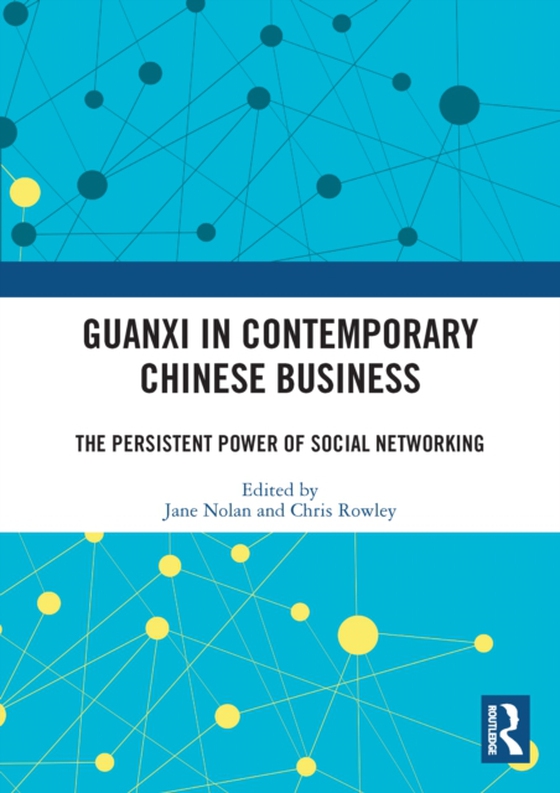
Guanxi in Contemporary Chinese Business e-bog
435,46 DKK
(ekskl. moms 348,37 DKK)
Does guanxi still matter in 21st century Chinese business and management? Is it really still a culturally distinct form of social interaction, impenetrable by outsiders? Or does it simply resemble the countless other elite networks embedded in business and political spheres across the globe?This book answers these questions through a combination of new empirical insight and nuanced conceptual d...
E-bog
435,46 DKK
Forlag
Routledge
Udgivet
30 december 2020
Længde
126 sider
Genrer
1FPC
Sprog
English
Format
pdf
Beskyttelse
LCP
ISBN
9781000296402
Does guanxi still matter in 21st century Chinese business and management? Is it really still a culturally distinct form of social interaction, impenetrable by outsiders? Or does it simply resemble the countless other elite networks embedded in business and political spheres across the globe?This book answers these questions through a combination of new empirical insight and nuanced conceptual development. Research examples include investigations of multinational enterprise corporate performance, governance structures in Chinese private firms, organisational justice in Chinese banks, entrepreneurial learning and knowledge acquisition, and the gendered and sexualized nature of guanxi in the workplace. In terms of firm performance, there is still much to be gained by MNE and Chinese firms through cultivating guanxi in different domains, including the political sphere at both the local and national level. However, in terms of employee performance, there is evidence that some younger employees have a strong desire to move towards more merit-based systems and resent being judged on guanxi connections. Similarly, some women may find themselves shut out when attempting to navigate conventional guanxi relationships based on Confucian paternalism. In brief, these practices may also exclude a large pool of emerging talent. This book clearly shows that guanxi is a complex concept that holds a persistent power in Chinese societies. To understand it fully we must acknowledge the dynamic nature of both its dark and light sides. The chapters in this book were originally published in a special issue of the Asia Pacific Business Review.
 Dansk
Dansk

